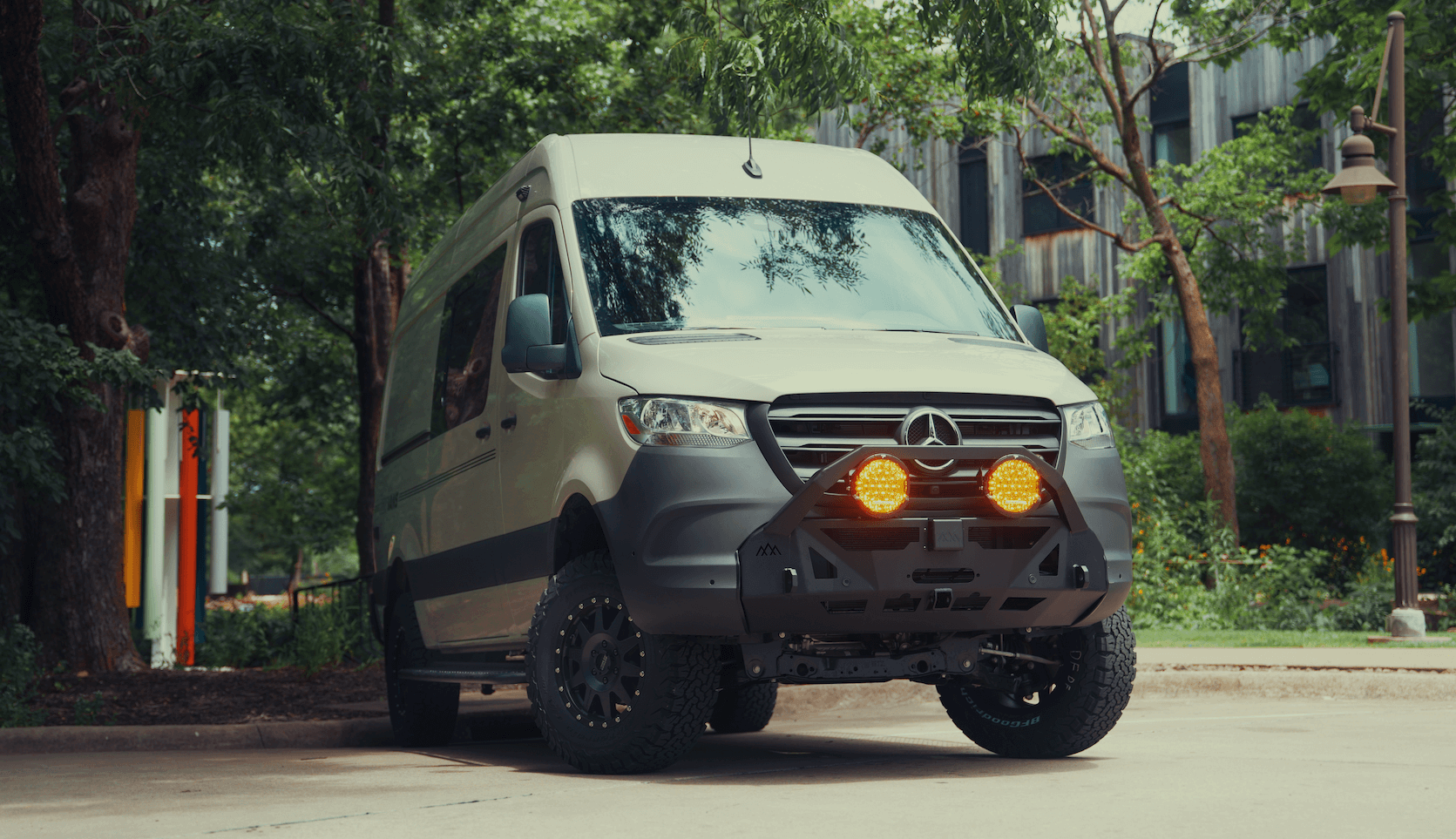Recreational Vans

A successful DIY camper starts on paper. Sketch the floor plan to scale, then walk through how you cook, sleep, work, and store gear. Identify fixed zones for the bed, galley, and seating, and flexible zones for bikes or boards. Keep weight centered and low to protect handling and braking. Measure every curve, rib, and protrusion because reality rarely matches catalog dimensions.
Insulation and sound control matter more than people expect. Combine a constrained layer damper on large panels with closed cell foam in cavities and a thermal break behind wall and ceiling panels. Plan continuous airflow with an intake and an exhaust path so moisture has a way out. Good ventilation, paired with a vapor aware build, helps you avoid condensation and mold over time.
Electrical planning ties the whole system together. List every device, its watts or amps, and hours used per day, then size the battery bank and solar array from real numbers. Decide on 12 volt only, or a mixed 12 volt and 120 volt system with an inverter. Use fuses or breakers on every branch, protect wires from abrasion, and choose marine rated cables and lugs for durability.
Start with sleeping length and bed height, then place cabinets around that anchor. A convertible bed frees up lounge space, while a fixed bed can hide drawers and water tanks. Leave a clean pathway from sliding door to rear doors so packing and unloading stay easy.
Right size fans, a diesel or gas fired heater, and window covers to keep temps steady. Shade the roof where possible to boost comfort and reduce power draw. Mount inverters and charge gear with space for airflow and service access.
Keep plumbing simple. A two tank system with a quick connect fill and external drain is easy to maintain. For cooking, decide early between induction and propane, and give either option proper ventilation. Use latching hardware and soft close slides so cabinets stay quiet and shut on rough roads.
Structure begins with the shell. Use rivnuts and factory ribs where possible so you do not drill new holes in the skin. Many builders combine plywood cabinetry with aluminum extrusions for strength and serviceability. Baltic birch, sealed on all sides, stays stable; honeycomb composites save weight but require different fasteners and edges.
Fasteners and adhesives do the heavy lifting. Confirm pilot sizes, use stainless hardware where moisture is present, and add thread locker on parts that vibrate. Structural adhesive bonds panels and aluminum safely when used within spec and with proper surface prep. When you search how to make a camper, you will find endless shortcuts; favor methods with published load data and repeatable steps.
For those who plan to build your own camper trailer, weigh axle ratings, tongue weight, and frame condition before adding mass. Balance front to rear and left to right. Check coupler height with the tow vehicle, confirm brake function, and protect wiring with grommets and conduit. A diy camper can be simple and safe if the basics are respected.
Soft goods make or break comfort. Use marine grade vinyl or durable fabric for cushions, and choose foam densities that support sleep as well as seating. Blackout window covers with magnetic edges add privacy and keep heat in check. Flooring needs grip, cleanability, and minimal thickness so doors still close smoothly.
A camper van renovation often starts with a single pain point. Maybe the bed is too high, the galley blocks sightlines, or the electrical system struggles to recharge. Before you change anything, document every wire, hose, and fastener. Create a punch list with impact and complexity scores so you tackle the most valuable wins first. Replace worn seals, inspect for leaks, and add rust protection while panels are off.
Some projects are best left to a professional camper builder. High current systems, secondary alternators, roof openings, propane installs, and structural additions require training, tools, and testing. Professional work saves time, reduces risk, and protects resale value with clean documentation.
If you reach the point where a thorough, road ready solution is the right move, consider a purpose built custom van. OZK Customs designs and builds complete adventure vans in Fayetteville Arkansas, with careful attention to layout, weight, and service access. Explore proven platforms and see how a custom approach can turn your plan into a capable travel rig.
Your ideas deserve reliable execution. Share your goals, and let a seasoned team create a camper that fits your lifestyle, meets safety standards, and stands up to real miles.
Ready for a professional grade build that fits your travel style and timeline? Share your vision and let OZK Customs design and deliver a proven, road tested camper that is safe, comfortable, and tailored to you. Fill out the form to start your custom van conversation today.
ADDRESS:
6159 E Huntsville Rd, Fayetteville, AR 72701
PHONE:
(479) 326-9200
EMAIL:
info@ozkvans.com